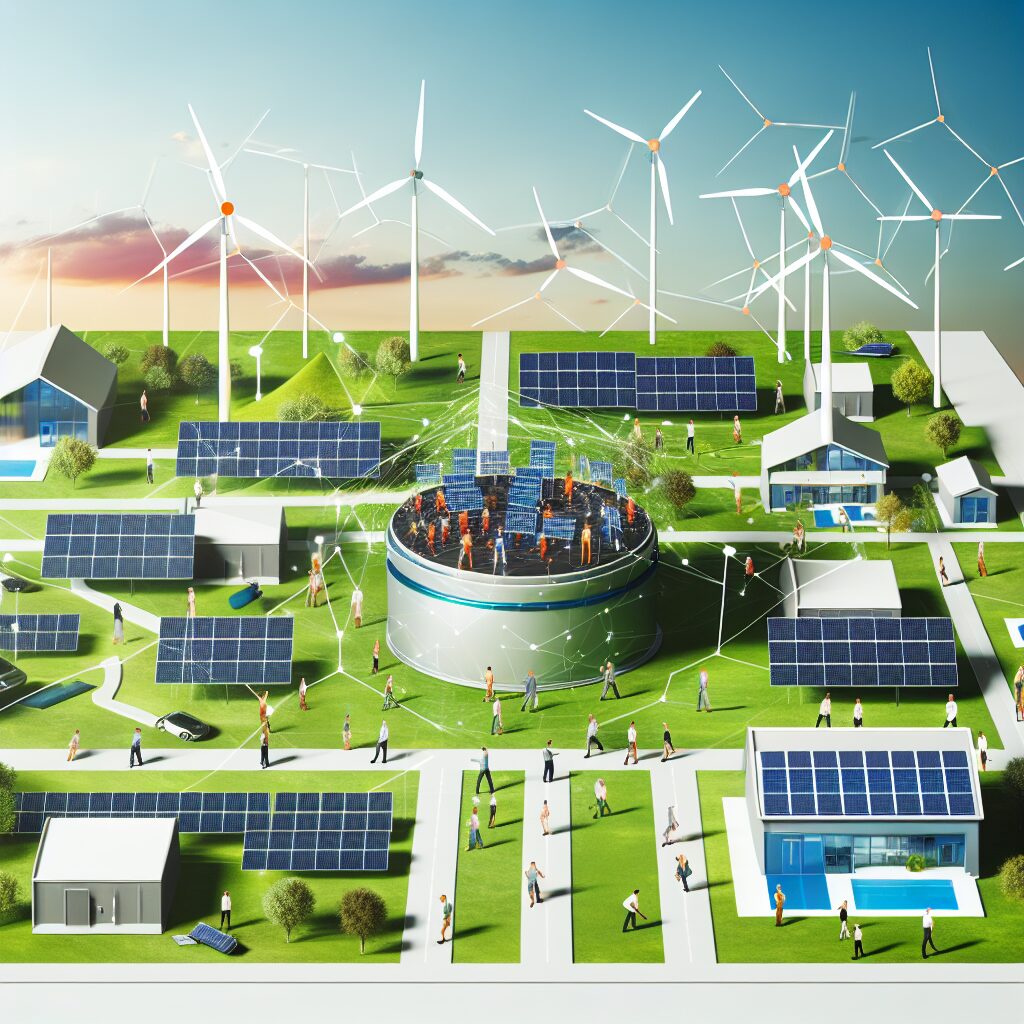Empowering Communities: The Rise of Distributed Energy Resources
What Are Distributed Energy Resources?
Distributed Energy Resources (DERs) refer to decentralized, small-scale units of power generation or storage located close to where electricity is used. These include solar panels, battery storage systems, wind turbines, and even electric vehicles that can feed energy back into the grid. Unlike traditional energy systems that rely on large, centralized power plants, DERs empower individuals and communities to generate, consume, and sometimes sell their own electricity.
The Shift Toward Local Energy Independence
As concerns over climate change and energy resilience grow, communities are increasingly turning toward DERs to gain more control over their energy supply. This shift not only reduces dependence on fossil fuels but also enhances local resilience during natural disasters or grid outages.
Some benefits of DERs include:
- Lower energy costs through self-generation and consumption
- Reduced greenhouse gas emissions
- Improved energy reliability and resilience
- Opportunities for local job creation and economic growth
Policy Support and Technological Innovation
Governments at all levels are beginning to support the adoption of DERs through policy frameworks and financial incentives. For example, net metering policies allow homeowners to sell excess energy back to the grid, while grants and rebates make it more affordable to install solar panels or battery systems.
Technological advancements have also accelerated the feasibility and appeal of DERs. Smart meters, real-time data analytics, and AI-driven energy management platforms enable users to optimize their energy usage efficiently.
Community Energy Projects: A Growing Trend
One of the most impactful applications of DERs is in community-based energy projects. These initiatives bring residents together to invest in shared resources like solar gardens or microgrids. Often led by co-operatives or non-profit organizations, these projects focus on equitable access to clean energy, especially in underserved areas.
Examples of successful community projects include:
- Neighborhood solar arrays powering multiple homes
- Local wind farms funded by community members
- Battery storage hubs supporting critical infrastructure
Challenges to Widespread Adoption
Despite the momentum, several barriers still hinder the full integration of DERs into existing energy systems. These include regulatory hurdles, outdated grid infrastructure, and limited public awareness. In some regions, utility companies may resist DER expansion due to concerns over revenue loss or grid stability.
Addressing these challenges requires coordinated efforts from policymakers, utility providers, technology companies, and community stakeholders.
The Future of Energy Belongs to Communities
The rise of Distributed Energy Resources signals a transition away from top-down energy delivery models toward more democratic, resilient, and sustainable systems. As technology continues to evolve and policy landscapes adapt, DERs offer a pathway for communities to take charge of their energy futures.
By embracing localized solutions, we not only reduce environmental impact but also build stronger, more self-reliant neighborhoods that are better prepared for an uncertain energy future.
Analyzed and outlined by ChatGPT-4o, images by DALL·E 3.
Source
http://www.nationalobserver.com/2025/05/29/opinion/power-back-communities-distributed-energy-resources

